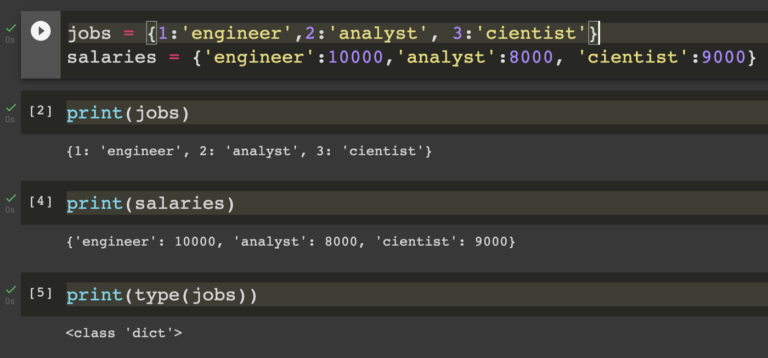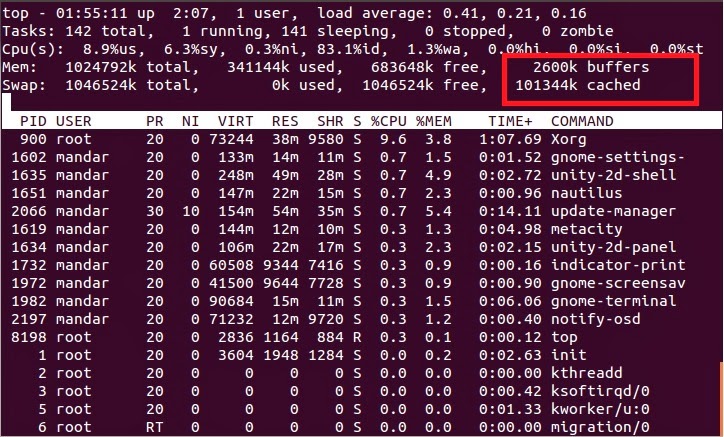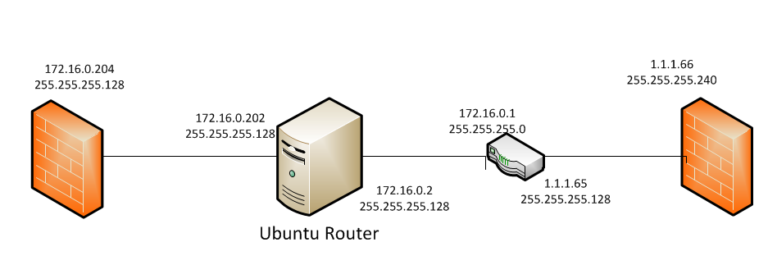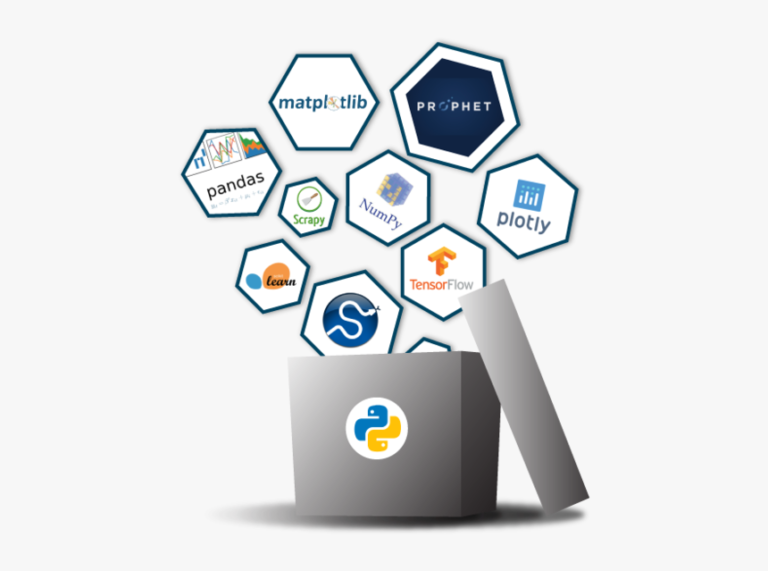One of the most important types of Python data structure is the dictionary, also known as an associative array or hash table in other programming languages. While dictionaries are straightforward to use, there are some tips and tricks you should know when working with them. Here are five of them 1) Check if an item […]
The 5 Best Python List Methods For Appending, Sorting, And More
Python’s list data type is incredibly versatile and can be used to store practically any kind of information you want. But that also means it can be overwhelming, with so many methods available to you! If you just want to know which are the best list methods to use, you’re in luck. Here are five […]
3 Ways To Free Up Unused Cached Memory In Linux
How to free up release unused cached memory in linux? Is it even possible, and if so, how do you do it? Read on to find out three ways to free up unused cached memory in Linux. Note that this doesn’t refer to physical RAM, but rather the virtual memory swap files used by your […]
How To Configure Ubuntu As The Router
Ubuntu comes with everything you need to function as a router, but there are some additional steps involved to make sure it’s doing its job properly and securely. The good news is that all of these steps are relatively simple, which makes configuring Ubuntu as your router easy and painless! Follow along with this guide […]
Your Own Linux
You may have realized that numpy and scipy are already installed on your Linux machine because they are part of the python “batteries-included” philosophy. However, pandas are not. It is an add-on package that you must install separately on your Linux machine. Preamble [to use as knowledge, not to be copied verbatim]:numpy scipy pandas, install […]




